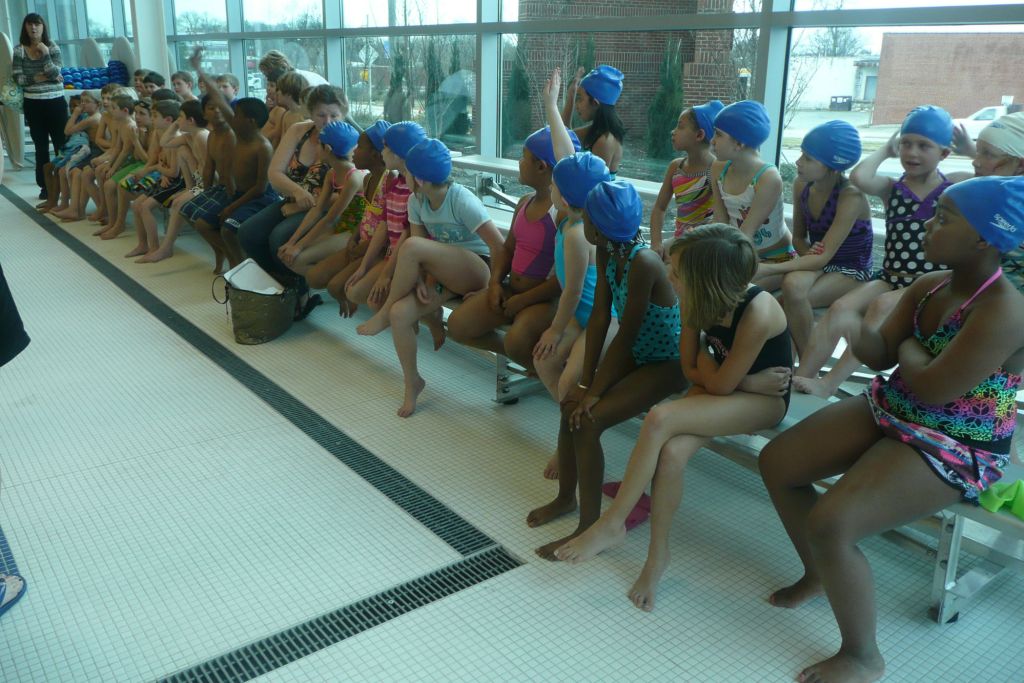Goals and challenges
With 320 miles of ocean shoreline and an abundance of major rivers, lakes and reservoirs, the state of North Carolina sadly suffers from a high drowning rate. To combat the alarming statistics, the staff set out in 2011 to teach every second grader in Guilford County to swim.
Because the aquatics center is known for its competitive swimming and diving, drawing attention to its new learn-to-swim program wouldn’t be easy. In fact, it was a major undertaking that required forethought, planning and cooperation from the community, says the facility’s director Susan Braman. First, organizers had to secure funding. They also had to convince participants that hosting classes offsite during the school day without disruption would be possible. Equally daunting was helping the students and community leaders to overcome myths about swimming.
Highlights
– Debuted with four schools and has grown to include 21 for 2016-2017
– 2,421 students have graduated
– Dispelled myths about minorities and swimming. In one instance, a principal initially opposed the program, claiming her students wouldnu2019t want to get their hair wet. She later became a member of the board and the programu2019s most vocal advocate.
With the proper execution, the grass-roots initiative took off and has continued to flourish. At the end of the program, students attend a graduation ceremony that has been lauded by locals. So far, 2,421 second graders have graduated. In the long-term, the staff would like to see all second graders in every county learn to swim as well.
How they did it
To start, organizers formed an advisory committee including school board members, elementary school principals and aquatics facility staff.
Braman created the curriculum based on the national Healthy Living Standards. The idea is to extend the children’s learning from the classroom to the Greensboro Aquatic Center’s pool, where they attend 10 in-water sessions of 45 minutes each and acquire a variety of aquatics-related skills and safety knowledge. Students also are introduced to careers in aquatics.
With the committee and lesson plan in place, the group devised a strategy to network with the community to raise awareness and financial support. The board garnered an ongoing contribution from the Greensboro Community Foundation, then went on to solidify grants and funding from other organizations, including Rotary and Kiwanis clubs. These make it possible to offer the program for free.
Graduates and their families are invited back to participate in an extension program that offers two-hour blocks of swim time for $1.
Once community leaders witnessed firsthand the program’s impact, the benefits became obvious and word organically spread.
This all has translated to fewer drownings and also has generated attention from major sponsors, including Subway and Chik-Fil-A. In the long run, this should further draw attention to drowning prevention.
